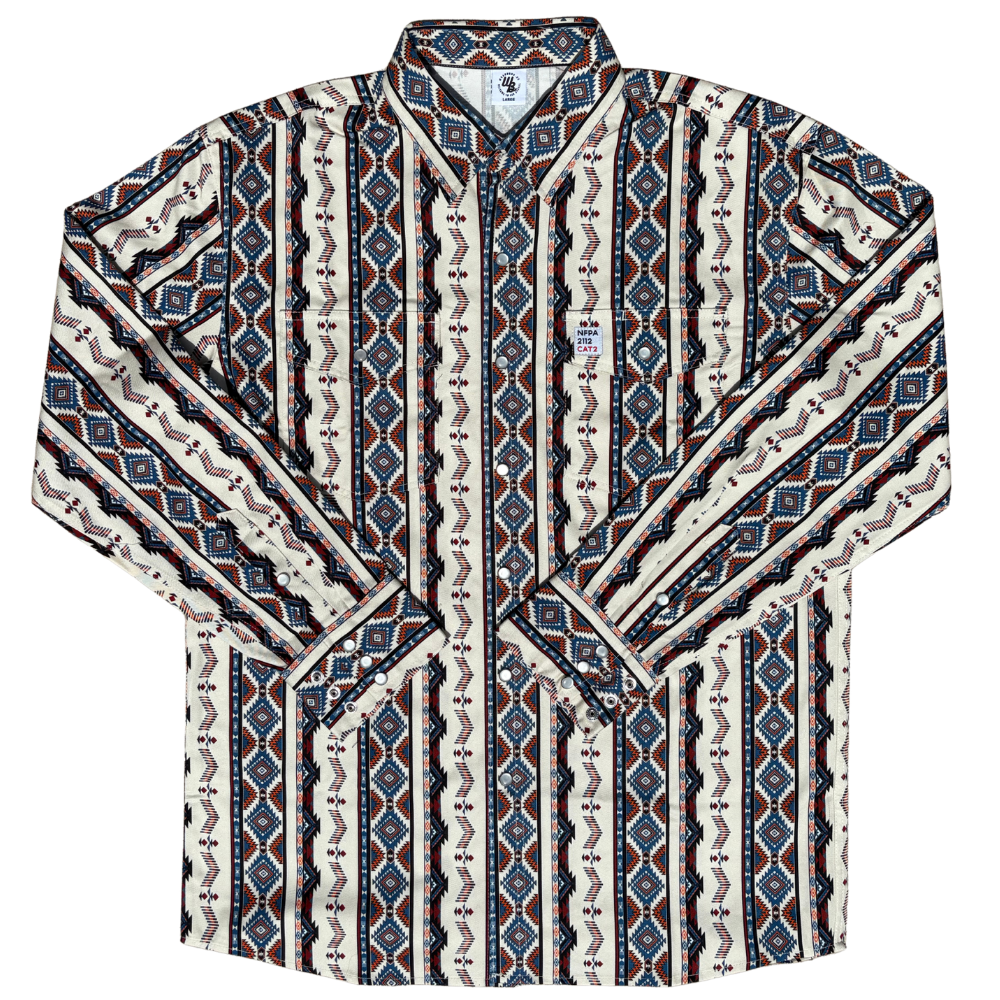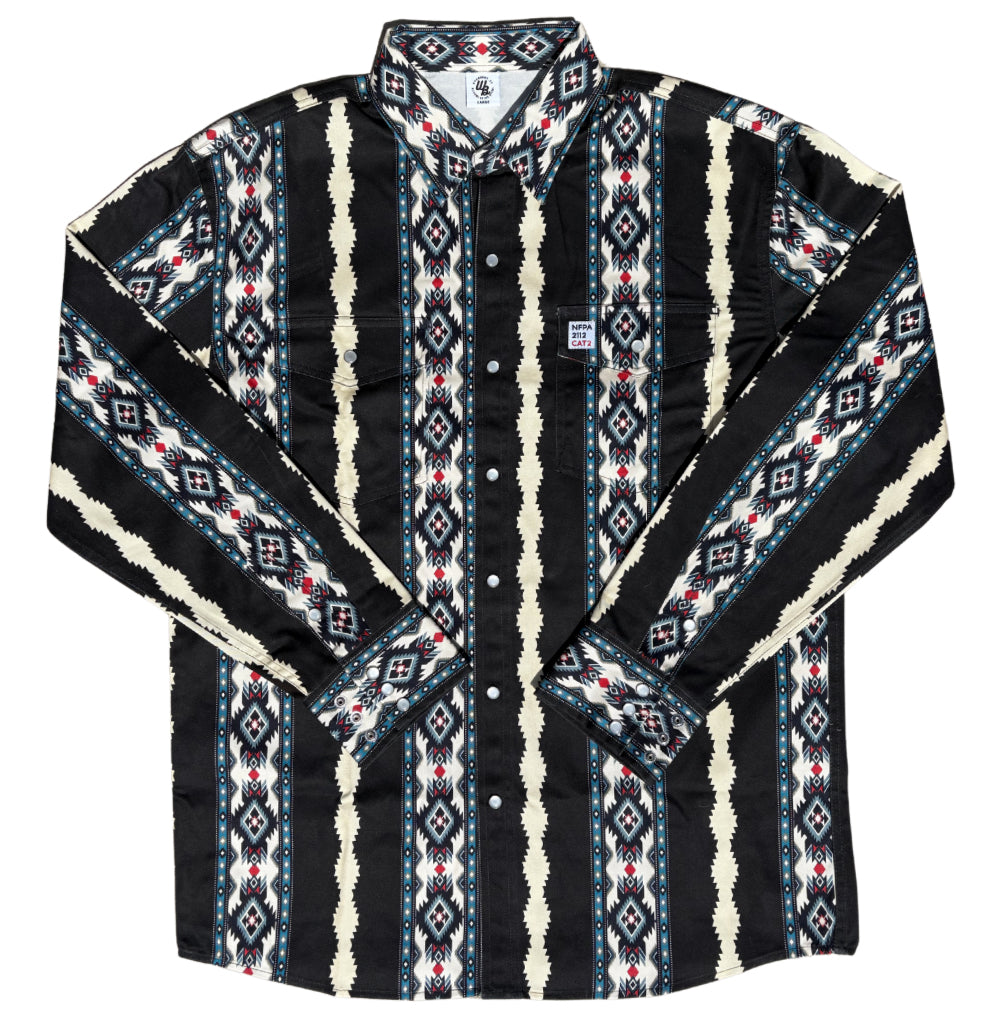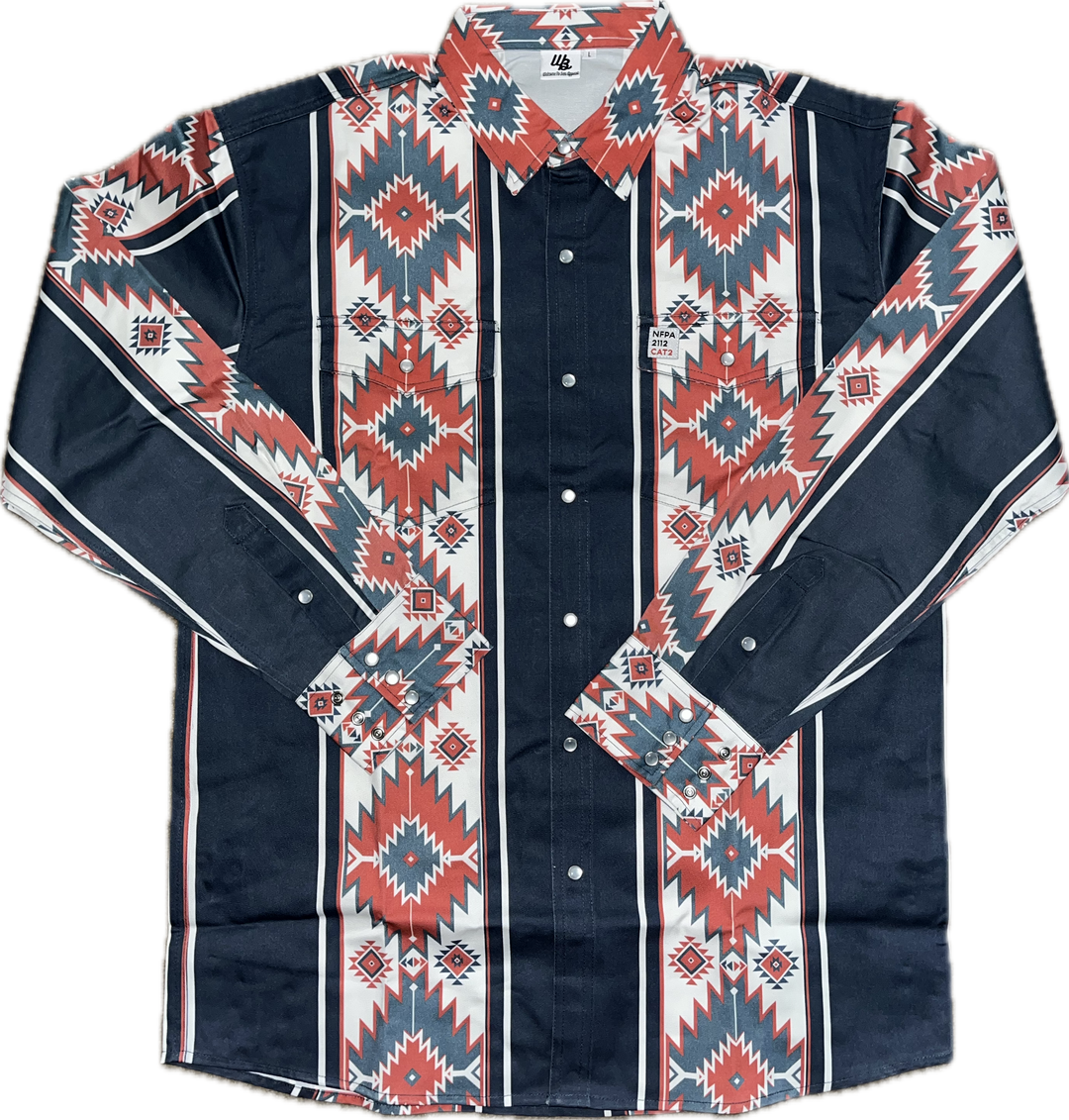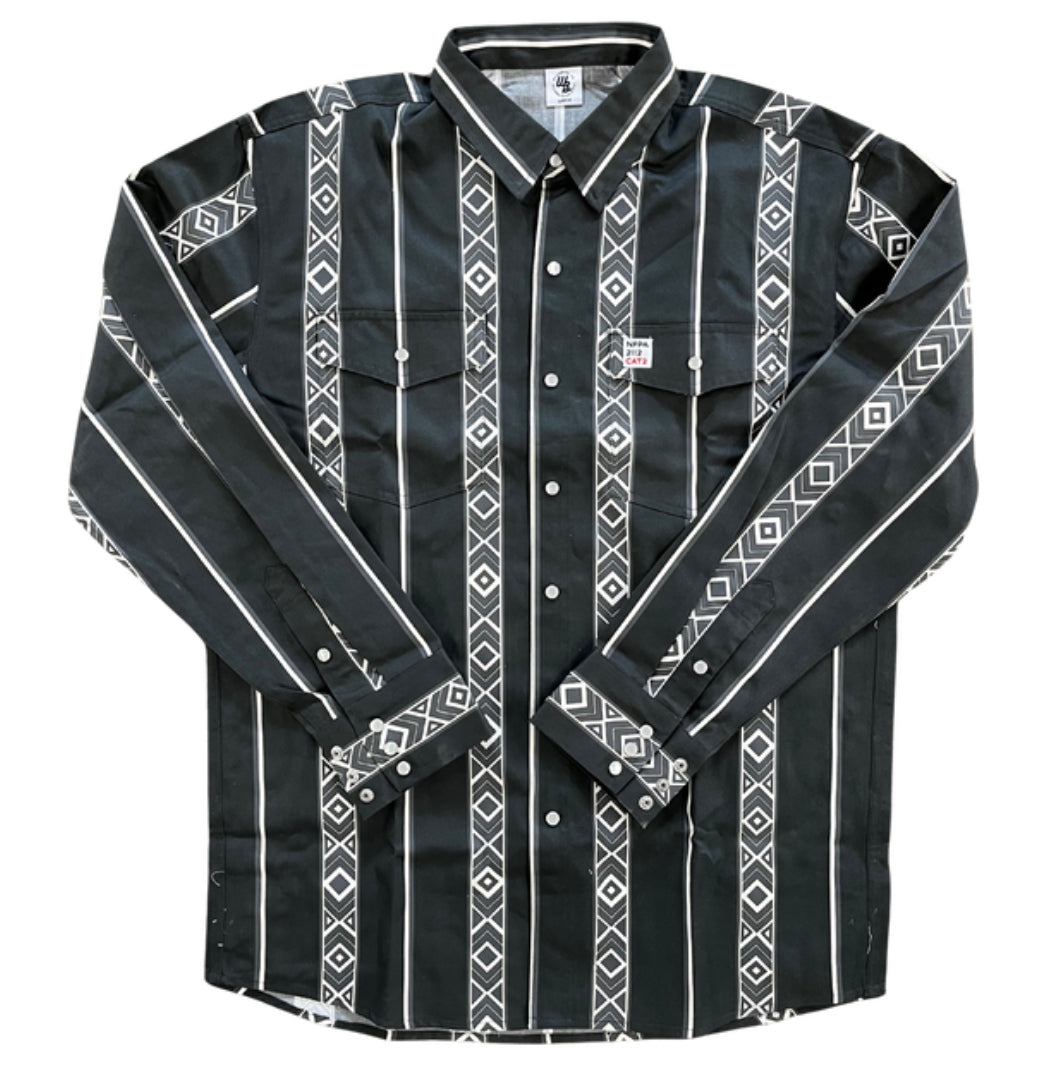MIG vs. TIG vs. Stick: Which Welding Process Should You Learn First?
So, you’re thinking about learning how to weld. Maybe you want to fix your own equipment, start a side hustle, or even chase welding as a full-time career. But the first big question hits: MIG vs. TIG vs. Stick—what’s the best welding process to learn first?
Ask ten welders and you might get ten different answers. Some swear by Stick, others say MIG is the beginner’s friend, and a few argue TIG is worth starting with for its precision. The truth? Each process has strengths, weaknesses, and ideal uses. In this guide, we’ll break down the differences so you can figure out which one fits your goals, budget, and work environment.
What Is MIG Welding? (Gas Metal Arc Welding – GMAW)
MIG welding uses a spool of wire that’s automatically fed through a welding gun, along with a shielding gas (usually argon or a mix with CO₂). The arc forms between the wire electrode and the base metal, melting both to create the weld.
Why Beginners Like MIG:
-
Ease of Use: MIG is often called “point and shoot” welding. Pull the trigger and you’re laying down metal.
-
Speed: MIG is fast—great for fabrication, automotive work, and production welding.
-
Clean Welds: Less slag to chip off compared to Stick.
Where MIG Shines:
-
Automotive sheet metal repairs
-
Shop fabrication projects
-
Light-to-medium gauge steel and stainless
Drawbacks:
-
Cost: MIG machines and gas bottles can be pricey.
-
Wind Issues: Shielding gas makes MIG tough to use outdoors. Even a light breeze can blow your gas coverage away, leading to porous welds.
-
Thicker Metal: MIG can handle thicker steel with proper settings, but Stick is often preferred for heavy-duty jobs.
👉 If you want quick results, easy learning, and clean welds in a garage or shop, MIG is a solid starting point.
What Is TIG Welding? (Gas Tungsten Arc Welding – GTAW)
TIG welding uses a non-consumable tungsten electrode, with filler rod added by hand. Shielding gas (usually pure argon) protects the weld pool. It’s slower, but extremely precise.
Why TIG Appeals to Craftsmen:
-
Precision: TIG gives you the cleanest, most controlled welds possible.
-
Versatility: Welds steel, stainless, aluminum, copper, titanium—you name it.
-
Aesthetics: TIG welds are known for their “stack of dimes” look.
Where TIG Shines:
-
Aerospace and medical equipment
-
Aluminum and exotic metals
-
Food-grade stainless steel welds
Drawbacks:
-
Steep Learning Curve: TIG requires coordination between both hands (torch + filler rod) and often a foot pedal for amperage control.
-
Speed: It’s the slowest common process.
-
Cost: TIG machines and pure argon aren’t cheap.
👉 TIG is best for welders who want to master precision and high-quality welds—but it’s not usually the easiest first step.
What Is Stick Welding? (Shielded Metal Arc Welding – SMAW)
Stick welding uses consumable electrodes (“rods”) coated in flux. The arc forms between the rod and the base metal, and the flux creates shielding gas as it burns.
Why Stick Has Stood the Test of Time:
-
Simplicity: No gas tanks—just a machine and some rods.
-
Durability: Works in wind, dirt, and less-than-perfect conditions.
-
Power: Handles thick steel and heavy-duty projects.
Where Stick Shines:
-
Outdoor welding in windy conditions
-
Structural steel, pipelines, and heavy equipment
-
Farm, ranch, and field repairs
Drawbacks:
-
Slag and Cleanup: Stick welds create slag that must be chipped and brushed.
-
Appearance: Beads aren’t as clean-looking as TIG or MIG.
-
Thin Metal: Stick struggles with thin sheet metal (burn-through is common).
👉 Stick welding is tough, versatile, and affordable, making it a great starter for field work or anyone on a budget.
MIG vs. TIG vs. Stick: Side-by-Side Comparison
| Feature | MIG (GMAW) | TIG (GTAW) | Stick (SMAW) |
|---|---|---|---|
| Ease of Learning | Easiest to learn | Hardest to master | Moderate, requires practice |
| Cost | Mid-range (machine + gas) | High (machine + argon) | Lowest (basic machine + rods) |
| Speed | Fast | Slow | Medium |
| Weld Quality | Good, clean, minimal slag | Excellent, precise, aesthetic | Strong but rougher |
| Best For | Shop fabrication, auto work | Precision, thin metals, aluminum | Outdoor & heavy-duty jobs |
Which Welding Process Should You Learn First?
The best answer depends on your goals:
-
Want fast, clean welds in a shop or garage? → Learn MIG first.
-
Want to work on cars, bikes, or do detailed fabrication? → MIG is your friend.
-
Interested in pipelines, farm repairs, or outdoor work? → Learn Stick first.
-
Want to become a precision craftsman or pursue aerospace/medical welding? → TIG is worth learning (but maybe after MIG or Stick).
Many welders start with Stick or MIG, then move on to TIG once they’ve got the basics down. Think of MIG as the “automatic transmission” of welding, Stick as the “four-wheel drive workhorse,” and TIG as the “manual sports car” for those who want total control.
Welding Safety: A Universal Rule
No matter which process you start with, safety always comes first. Every method involves:
-
Extreme heat and sparks → Wear FR (flame-resistant) clothing like WoahBros welding shirts.
-
UV/IR radiation from the arc → Use a helmet with proper shade lenses.
-
Toxic fumes → Work in a ventilated space or use fume extraction.
-
Electric shock risk → Inspect your cables, keep gloves dry, and ground your work.
👉 Welding isn’t forgiving when it comes to PPE. Never weld in synthetic clothes like polyester—they can ignite or melt to your skin. Always suit up in flame-resistant gear. Check out our FR shirts at WoahBros.us—they’re built to handle sparks, spatter, and long shifts in the shop.
Conclusion: Start Where You’ll Get the Most Practice
So, MIG vs. TIG vs. Stick—which should you learn first? If you’re new to welding, the best choice is the one that will let you practice often on the kind of projects you care about. If that means fixing farm gates in the wind, start with Stick. If it’s auto body panels, go MIG. If you’re chasing perfection in stainless or aluminum, TIG is your end game.
Whatever you choose, remember: welding is a skill that improves with repetition. The more arcs you strike, the better you’ll get.
And as you start burning rods or wire, don’t forget your most important investment: protective gear. Your welder can be cheap or fancy, but your body isn’t replaceable. Suit up with FR welding shirts from WoahBros to stay safe while you build your skills.












